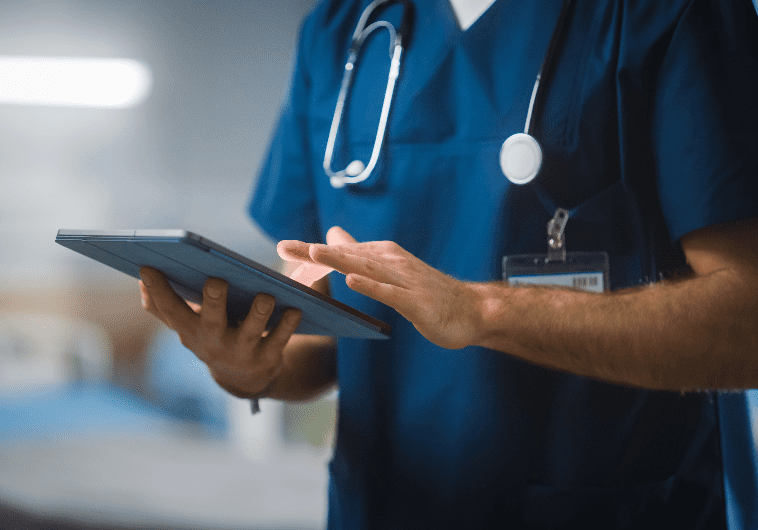Autologous fat grafting: A comparative study of four current commercial protocols

Summary Background
Autologous fat grafting is a widely used technique that gives natural results when treating soft tissue deficiencies. However, there is no consensus on which is the best procedure to use, leading to unpredictable results because of fat graft resorption. Objectives: This study compared four commercial lipotransfer devices by analyzing the behavior of the processed adipose tissue and outcome of the adipose graft in an in vivo model. Methods: Four different protocols that used manual, power-assisted or water-assisted lipoaspiration and then decantation, centrifugation, or filtration were used on each of eight patients to process lipoaspirate. Harvested adipose tissue was assessed in vitro for tissue resorption, oil formation, and cytokine secretion. Graft resorption rate was calculated and histological analyses were performed after subcutaneously injecting the harvested adipose tissue in a murine model.
Results
All protocols resulted in very low oil formation and histologically healthy grafts. The tissue volume was significantly greater after 2 days in culture when using manual lipoaspiration and soft centrifugations/washing steps (Microfill »/Macrofill ») compared to Water-Assisted Lipoaspiration/Decantation (BodyJet ») and Power-Assisted Lipoaspiration/Filtration (PAL » þ PureGraft »). These results were confirmed in mice 1 month after subcutaneous injection, with greater efficiency obtained with protocols that used (A) manual aspiration, (B) soft centrifugations, and (C) washing steps.
Conclusions
We confirmed that the choice of technique used to process adipose tissue during lipotransfer surgery can highly influence fat grafting efficacy. In our study, the use of manual aspiration combined with soft centrifugations led to the best results in the selected models.
a 2016 British Association of Plastic, Reconstructive and Aesthetic Surgeons. Published by Elsevier Ltd. All rights reserved.